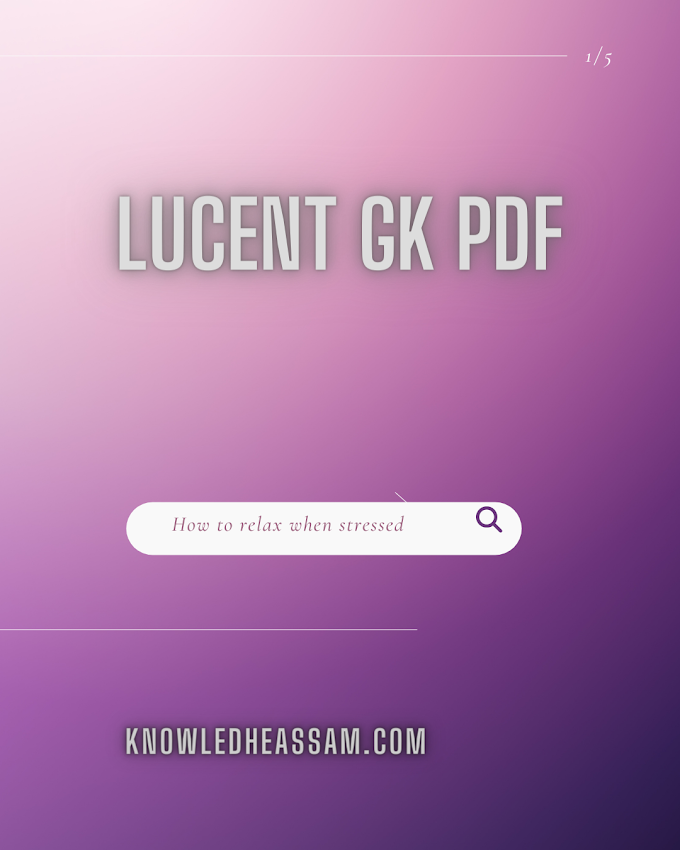The Bengal Eastern Frontier Regulation of 1873
1. Applicable to Kamrup, Darrang, Nogaon, Sibsagar, Lakhimpur, Garo Hills, Khasi and Jaintia
Hills, Naga Hills, Cachar and Chittagong Hills.
2. A restriction line was laid down to regulate intercourse between the tribesmen and the
British subjects in plains boarding the hills.
3. Beyond this line, no British subject was allowed to enter without a formal pass from the
concerned authority.
4. Any person violating this line shall be liable to conviction before a magistrate.
5. Any wood, was, ivory, rubber or any other jungle products found in the possession of any
person without permit, may be confiscated to the government
6. It prohibited the killing or catching of the wild elephants without a license.
7. There was restriction on possession of land beyond this line.
8. Did not restrict the movement of the tribal into the plains. They were allowed to fish,
hunt.
 |
The Bengal Eastern Frontier Regulation of 1873 |
1828 – 1874
Assam was made a part of the Bengal Presidency and a commissioner was appointed
subordinated to the Governor General of Bengal.
- David Scott (1828 – 1831)
- Thomas Campbell Robertson (1831 – 34)
- Francis Jenkins (1834 – 61)
- Henry Hopkinson (1861 – 74)
1874 – 1905
In 1874, Assam was separated from the Bengal Presidency, and its status was upgraded to a
chief commissioner's province. - First: Richard Harte Keating
- Sir Henry Cotton (1896 – 1902)
- Last: Sir J. B. Fuller
1905 – 1911
In 1905, Bengal was partitioned and East Bengal and Assam was formed, governed by a
lieutenant governor.
- First: Sir J. B. Fuller
- Last: Charles Stuart Bayley
Swadeshi Movement and rise of extremists
1. Ambhikagiri Raychoudhury started a voluntary association called Seva Sanga, which is
said to have developed into a terrorist one, in line with the Anusilan Samiti of Dacca.
2. Seva Sangh planned a bomb blast at Guwahati Shillong road to kill J. B. Ruller. - He wrote
a patriotic drama “Bandini Bharat”.
3. Ambikagiri Raychoudhury was kept under police vigilance till 1915. - “Arunachal Ashram”
near Silchar set up under the leadership of Gurudas Choudhury or Dayananda Swami was
a secret center of the Extremists.
4. Following annulment of Bengal partition in 1911, Assam again became a Chief
Commissioner’s province with a Legislative Council of its own, at Shillong, from April 1,
1912. (First Council – 25 members: 14 nominated, 11 elected). Only after 1919 reforms,
Assam was made a governor’s province with its own provincial council.
NON-COOPERATION MOVEMENT
1. Initially Nabin Chandra Bordoloi was against Gandhi’s idea of Non-cooperation. Later on
he supported.
2. In Assam Association’s 1920 session (Tezpur) there were four gates in the name of Tilak,
Gandhi, Soukat Ali.
3. Gandhi visited Assam in 1921 and stayed for 12 days. He praised Assam in his newspaper
“Young India”. Assam Provincial Congress Committee
4. APCC was formed in a meeting held on June 5, 1921, at the private residence of N. C.
Bordoloi. - Presided over by Krishnakanta Bhattacharya (editor – Assam Bilasini)
5. The APCC covered the six districts of the Brahmaputra valley.
6. The Executive Committee was formed with Kuladhar Chaliha (President), Badrinarayan
Agarwala (VP) and N. C.Bordoloi (GS).
7. Later, T. R. Phukan took charge of the President.
8. Chargola Tragedy / Chargola Exodus
9. On May 2, 1921, the labourers in thirteen tea gardens in the Chargola and Longai valley of
Karimganj went on strike demanding a wage increase.
10.Then about 9000 of them assembled at Chandpur railway terminus with an intension of
crossing the river.
11.On May 21, district authority decided to clear up the assembled labourers for the place.
The armed police and the officials went into action at midnight, and in the clash, many
lost their lives.
Swarajist
1. Assam Branch of the Swarajist Party was formed in July 1923, with T. R. Phukan as the
President, R. K. Choudhury (secretary) and G.N. Bordoloi (Assistant secretary)
2. Tarun Ram Phukan was elected to the central legislature.
Congress session at Pandu
1. 41st session of INC was held at Pandu (Guwahati) in 1926. - President – Srinivas Ayenger.
- Attended by – Gandhiji (second visit), Motilal Nehru, Vallabh bhai Patel,Rajendra Prasad,
Madan Mohan Malviya, Sarojini Naidu, etc.
2. Tarun Ram Phukan was the president of the welcoming committee and N.C. Bordoloi was
the general secretary.
3. Leader of the opposition in Britain Pathick Lowrence attended the session with his family.
Hindu Mahasabha
1. Besides congress session, the Annual Conference of the Hindu Mahasabha was also held
in Guwahati under the presidentship of Madan Mohan Malaviya. - The welcome address
of the conference was presented by Pitambardev Goswami, head of the Garmur Satra.
2. The speech was tendered to English by T. R. Phukan.
Asamiya Samrakshini Sabha
1. Founded by Ambikagiri Roy Choudhury.
2. Raised concern over the cultural invasion of Assam by the Bengali Muslim immigrants
through his journals like Chetana and Deka Asam. - Demanded preservation of the
cultural identity of the Assamese people.
3. Floated the idea of “dual citizenship”.
4. The organization was later transformed to the Assam Jatiya Mahasabha.
আজিৰ প্ৰশ্ন
1) Who was the 1st president of APCC?
- • Kuladhar Chaliha
- • Nabin Chandra Bordoloi
- • Bishnu Ram Medhi
- • Tarun Ram Phukan


.jpg)



